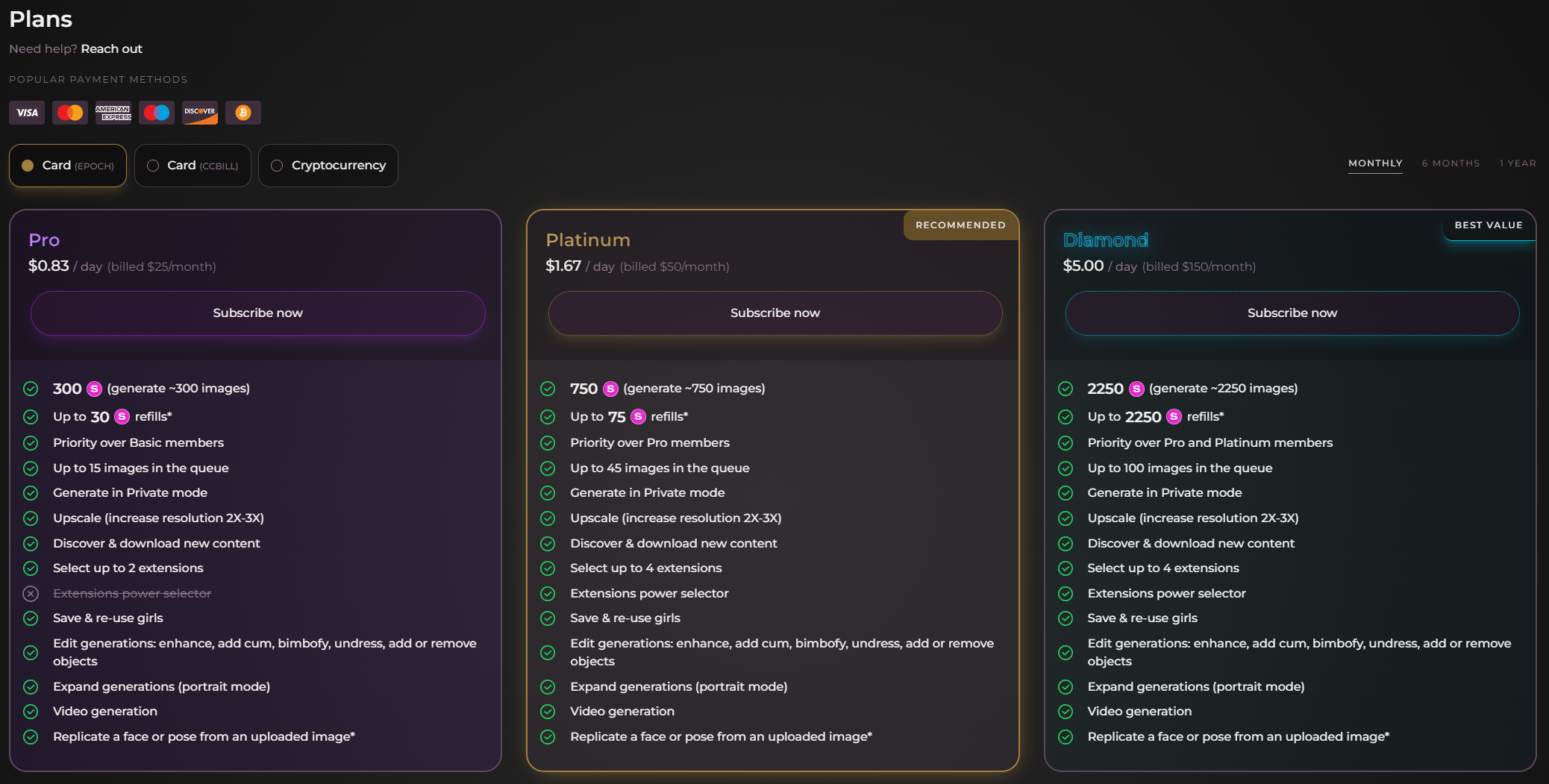Unleashing the Power of Ai Anal: How Machine Learning is Revolutionizing Data Analysis
Published: (Updated: ) by .
Sometimes, data analysis can be a daunting and time-consuming task for businesses. However, with the emergence of artificial intelligence (AI) and machine learning technology, this process is becoming quicker and more efficient than ever before.
By harnessing the power of AI in data analysis, companies are able to uncover valuable insights and make better decisions based on accurate and comprehensive data. We will explore how machine learning is revolutionizing the field of data analysis and its potential impact on various industries.
The Power of Machine Learning in Data Analysis
Machine learning techniques have transformed the traditional methods of data analysis by automating tasks such as classification, prediction, and optimization. By leveraging advanced algorithms, machine learning can identify patterns and insights that would be almost impossible for humans to discover on their own.
One major advantage of using machine learning for data analysis is its ability to handle large datasets quickly and accurately. Traditional statistical methods often struggle with massive amounts of data as they require predefined rules or assumptions. In contrast, machine learning models can learn from data patterns and adapt accordingly. This capability makes it ideal for analyzing complex datasets at scale.
Another benefit of using machine learning in data analysis is its ability to continuously improve. As more data becomes available, machine learning algorithms can update themselves automatically based on new information. This process allows for more accurate predictions and insights over time without human intervention.
Types of Machine Learning
There are three main types of machine learning: supervised learning, unsupervised learning, and reinforcement learning. Each type has its unique characteristics and applications.
Supervised Learning: This type of machine learning involves training a model using labeled data. The algorithm is given input features and corresponding output labels, allowing it to learn the relationship between the two. Supervised learning is commonly used in predictive analytics, such as predicting customer churn or stock prices.
Unsupervised Learning: In contrast to supervised learning, unsupervised learning algorithms are trained on unlabeled data. The goal is to find patterns or groupings within the data without any prior knowledge of what they may be. This type of machine learning is useful for clustering similar items or detecting anomalies in data.
Reinforcement Learning: Reinforcement learning involves training an agent to make decisions based on rewards and punishments received from the environment. This technique is often used in games and robotics, where the agent learns by trial and error.
Candy.ai: Enhancing Customer Experience With Machine Learning

Candy.ai is a leading AI tool that helps businesses analyze customer data to improve their overall experience. By leveraging machine learning techniques, Candy.ai can process vast amounts of customer feedback and identify key insights that can drive business decisions.
The Power of Natural Language Processing (NLP)
One of Candy.ai’s primary strengths lies in its natural language processing (NLP) capabilities. NLP allows machines to understand human language and extract valuable information from it. With Candy.ai, businesses can analyze text-based customer feedback from various sources such as social media, surveys, and customer reviews. You can easily find and connect with experienced and alluring mature women through the use of mature hook up apps, making it simple to fulfill your desires for older companionship. And with the advancements in technology, the world of AI nude models continues to push boundaries and blur the lines between what is real and what is not.
This feature is particularly helpful for identifying common pain points or areas where customers are most satisfied. If multiple customers mention long wait times at a specific branch location on social media, Candy.ai can flag this as a potential issue that needs to be addressed.
Pros:
- Real-time insights
- Identifies common pain points and trends
- Efficient customer feedback analysis
Cons:
- Limited to text-based data sources
- Requires regular updates to stay accurate
- May miss important insights from non-textual feedback
Seduced.ai: Personalizing Marketing Strategies With AI

Marketing is an area where machine learning has made a significant impact, and Seduced.ai is at the forefront of this transformation. This AI tool uses machine learning algorithms to analyze customer behavior and preferences, allowing marketers to craft personalized campaigns that resonate with their audience.
The Power of Predictive Analytics
Seduced.ai’s most potent feature is its predictive analytics capabilities. By analyzing past customer interactions and behaviors, it can predict which products or services customers are likely to be interested in. This insight enables marketers to tailor their messaging and target specific segments of their audience effectively.
Moreover, Seduced.ai can also predict the likelihood of conversion for each customer, helping businesses prioritize their marketing efforts and allocate resources more efficiently.
Pros:
- Saves time and effort in campaign planning
- Accurate predictions for targeted marketing
- Prioritizes leads based on likelihood of conversion
Cons:
- The accuracy of predictions depends on the quality of training data.
- Data privacy concerns may arise with personalization techniques.
- Not suitable for one-time campaigns or short-term goals.
PromptChan: Streamlining Data Analysis With Chatbots

PromptChan is a chatbot-powered AI tool that automates data analysis and reporting. This tool integrates with various data sources, such as databases, spreadsheets, and CRM systems, allowing businesses to access real-time insights without any manual effort.
The Power of Automated Data Preparation
One of the significant benefits of using PromptChan for data analysis is its automated data preparation capabilities. With traditional methods, preparing data for analysis can be a tedious and time-consuming process. However, PromptChan’s chatbot interface allows users to interact with their data directly, saving them hours of manual work.
Moreover, PromptChan uses machine learning algorithms to analyze the relationships between different datasets and identify relevant variables automatically. This feature enables businesses to get a more comprehensive understanding of their data without having to spend hours on preprocessing it.
Pros:
- Automated data preparation saves time and effort.
- Identifies key variables and relationships in datasets.
- Intuitive chatbot interface for easy interaction with data.
Cons:
- Limited to structured datasets only.
- Potential for errors if training data is incomplete or biased.
- May not be suitable for complex or unstructured data analysis.
Key Points
The combination of AI and machine learning is revolutionizing the field of data analysis. These advanced technologies allow businesses to make sense of vast amounts of information quickly and accurately, enabling them to make data-driven decisions that drive growth and success.
While Candy.ai, Seduced.ai, and PromptChan are just three examples of how AI is transforming data analysis, there are countless other tools and applications being developed every day. As we continue to advance in this field, we can expect to see even more powerful and innovative AI solutions that will shape the future of data analysis.

Candy.ai
✔️ Generate AI Porn Images
✔️ Listen To Voice Messages
✔️ Fast Response Time

Seduced.ai
✔️ Generate AI Models
✔️ Save & Reuse Girls
✔️ 300 Images Per Month

PromptChan.ai
✔️ Completely Free To Test
✔️ Edit Your AI Models
✔️ Make Porn Images (no limit)
What Industries Or Fields Can Benefit From AI Analytics?
Many industries and fields can benefit from AI analytics, including finance, healthcare, retail, marketing, transportation, and manufacturing. By using advanced algorithms and machine learning techniques, AI analytics can help businesses make more informed decisions and improve efficiency in various areas such as customer service, supply chain management, risk assessment, and data analysis.
How Does AI Analysis Differ From Traditional Data Analysis Methods?
AI analysis differs from traditional data analysis methods in that it uses algorithms and machine learning techniques to analyze large amounts of data quickly and efficiently. This allows for more accurate and precise insights, as well as the ability to handle complex or unstructured data. AI analysis can continuously improve its results through self-learning and adaptation, while traditional methods may require manual adjustments.
